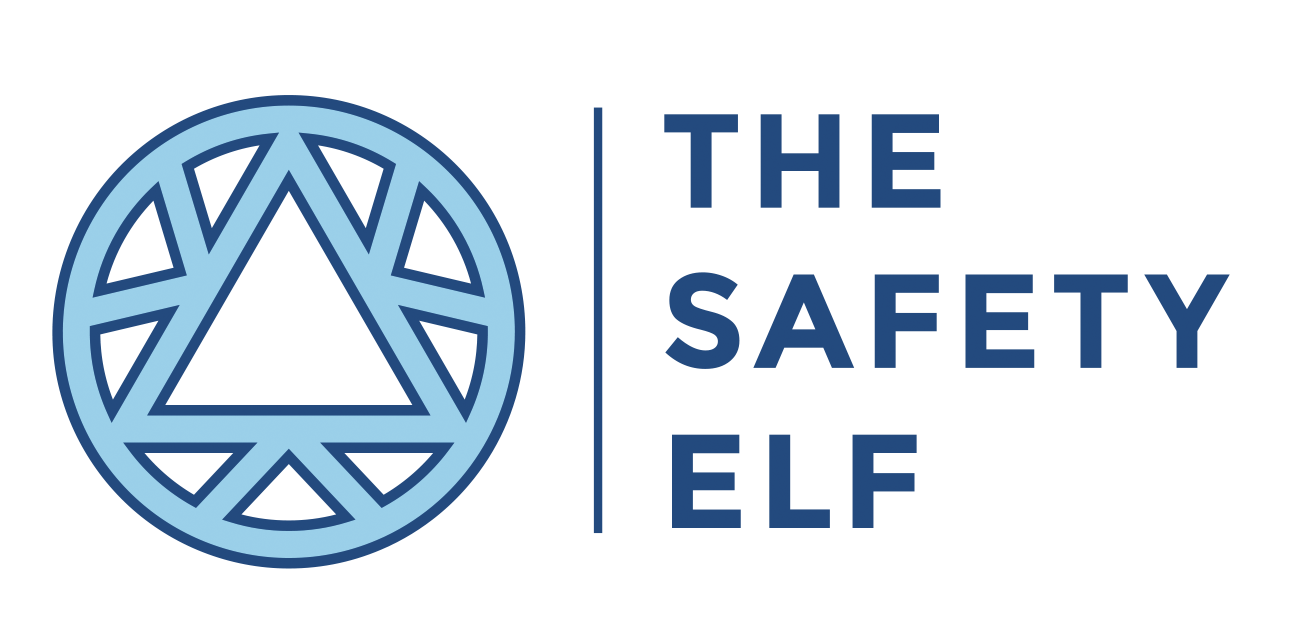To sit or stand – IS that the question?!
I often get asked “should I get a standing desk”? Is it a simple answer – well yes and no!
The facts:
Research has proved that our sedentary lifestyle is actively damaging our health - prolonged bouts of sitting and lack of whole body muscular movement are strongly associated with obesity, diabetes, heart disease, cancer, and an overall higher risk of death. Not good news (and we probably knew that already.)
But what is often misunderstood is that the molecular and physiological responses of the body that are prompted by too much sitting cannot simply be cancelled out by taking additional exercise. Yikes!
The key is to build in regular activity during the day (and it’s not as hard as you think to build that into a working day whatever your work environment!)
These work whether you’re in the office or working from home:
Standing or walking whilst taking phone calls / audio conferencing
Using the stairs more than usual
Keeping just a small glass of water in your desk – it needs regular top ups, and keeping you hydrated is good news for your body and there are the resulting walks to the bathroom too!
Take “Wiggle Breaks” every 20 minutes
How about taking a shared virtual wiggle break on those video conference calls
Walk outside for a break (or pop into your garden for a coffee break)
In the office environment:
Network to a printer further away
Plan walking or standing meetings
At the office try parking further away from the office door
Every little change really does help!
Does a standing desk help?
Sit-stand workstations do have a positive impact on reducing musculoskeletal discomfort and improving health.
HOWEVER
These positive impacts are not greater than introducing other methods that promote large body movement, such as those above.
Our bodies like a mixture of activity, so prolonged standing (more than 15% of the workday) especially if you are not used to it, can actually be detrimental too – leading to musculoskeletal fatigue and discomfort, pain in the lower back, feet, hips and legs, hypertension, muscle acidification and more.
If you do want to build standing into your day, identify tasks that you find suit you to do while standing. People often finding standing during phone calls is helpful from a psychological perspective as well as physical one. You may find that tasks like reading, researching or planning are easier than those involving data entry. Everyone is different, so experiment and see what works for you.
TOP TIP
You can experiment with this at home too. Use a surface at standing height - breakfast bar with a box on top, or your ironing board for example! The key is getting the surface height right.
Wellbeing at your workstation - wherever it is!
I can make a difference to your workspace right now - whatever and wherever that is currently! Get in touch to see how I can help.
So the short answer?
It is regular movement rather than standing that is the real key to improving your health at work – and you don’t need a standing desk to do that.
A combination approach of sitting, standing, and moving is GREAT for your wellbeing.
And on that note, did you know that On Your Feet Britain takes place on 27 April 2023. It encourages workers across Britain to #SitLess and #MoveMore at work. You won’t be surprised to learn that I am already a big fan!
Let me know how you get on following my tips in the comments below!


